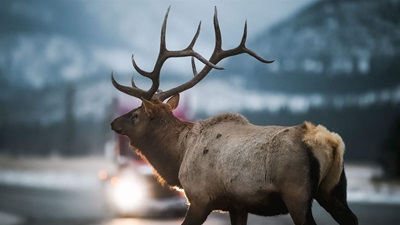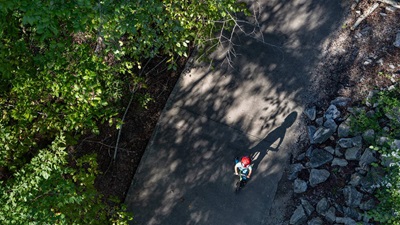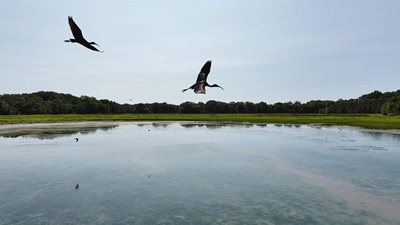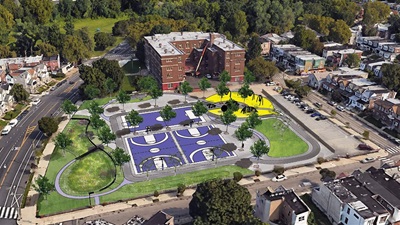Congress Should Strengthen Public Safety and Resilience Programs in Transportation Bill
Proven solutions can safeguard motorists, reduce costly disasters, and protect wildlife

Typically, every five years the U.S. Congress passes sweeping legislation that updates how the federal government invests in surface transportation infrastructure such as roads, bridges, rail, transit, bike lanes, sidewalks, and more. The current law, the Infrastructure Investment and Jobs Act (IIJA), is set to expire Sept. 30, 2026.
As Congress develops legislation that will determine which surface transportation programs are reauthorized and funded, The Pew Charitable Trusts is encouraging lawmakers to maintain and strengthen three programs that create jobs and help local economies thrive while making America’s infrastructure safer, more resilient to disasters, and better connected for people and wildlife. Those programs are the Wildlife Crossings Pilot Program (WCPP); the Promoting Resilient Operations for Transformative, Efficient, and Cost-Saving Transportation (PROTECT) Program; and the National Culvert Removal, Replacement, and Restoration Grant (Culvert AOP) Program.
Further, to help federal and state officials, communities, Tribes, and the public assess the scope and scale of the IIJA, Pew partnered with ICF, a technology and data analysis firm, to develop an interactive dashboard that provides information—such as location, congressional district, and grant amount—for each project funded by the IIJA under these three programs, as well as other projects involving resilience and connectivity. Here’s why each of these programs is important.
Wildlife Crossings Pilot Program
According to the Federal Highway Administration, wildlife-vehicle collisions cost Americans more than $10 billion annually. In 2024, State Farm reported nearly 2 million insurance claims due to animal-related crashes, causing approximately 200 human fatalities and 26,000 injuries. The WCPP provides states, localities, Tribes, and others with resources to reduce these incidents, including by granting funds to build wildlife overpasses and underpasses—which, when combined with added fencing, have been shown to reduce crashes by up to 90%. Pew is urging Congress to make the program permanent, raise funding to $200 million annually from the cumulative $350 million made available by the current transportation law, and eliminate cost-sharing requirements for Tribes. Doing this would establish reliable resources, address unmet demand, and ensure the federal government considers all worthy projects.
PROTECT Program
Americans bear the brunt of impacts from disasters on the nation’s transportation infrastructure. For example, in 2024, Hurricane Helene shut down thousands of roads throughout the Southeast, leaving residents cut off from critical facilities and services such as hospitals and evacuation routes. The PROTECT Program helps communities proactively upgrade roads, bridges, and more to better withstand floods, fires, severe storms, and other disasters. Pew recommends maintaining the program at funding levels no less than the $8.7 billion provided by the current surface transportation law so that communities can better prepare for costly disasters.
Culvert AOP Program
Pew also recommends reauthorizing and maintaining, at a minimum, current funding levels of $1 billion for the Culvert AOP Program, which provides local and state governments and Tribes with the resources necessary to improve outdated culverts that can worsen flooding and block fish migration. Upgrading these structures is not only more cost-effective than maintaining undersized culverts but has also been shown to improve motorist safety and enhance habitat for commercially important species, such as salmon, that are vital to local economies from coast to coast. To date, the program has awarded funding for nearly 170 projects nationwide.
Addressing the nation’s outdated and deteriorating infrastructure is essential to the livelihoods of all Americans. By prioritizing the WCPP, PROTECT, and Culvert AOP programs as part of the next surface transportation reauthorization bill, Congress can help ensure that states, communities, Tribes, and others strengthen the country's infrastructure in ways that enhance public safety, create jobs, and support local economies.
Forbes Tompkins works on The Pew Charitable Trusts’ U.S. conservation project.













